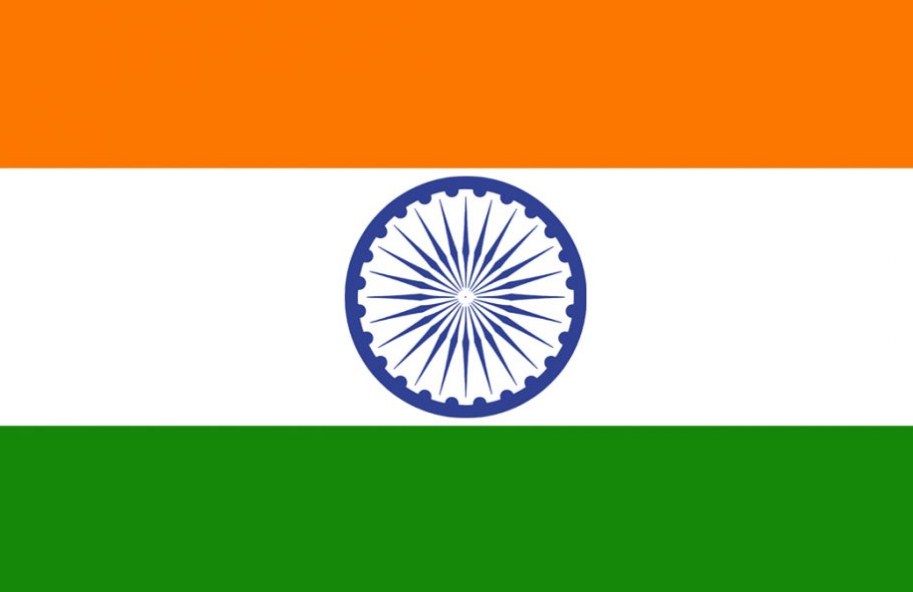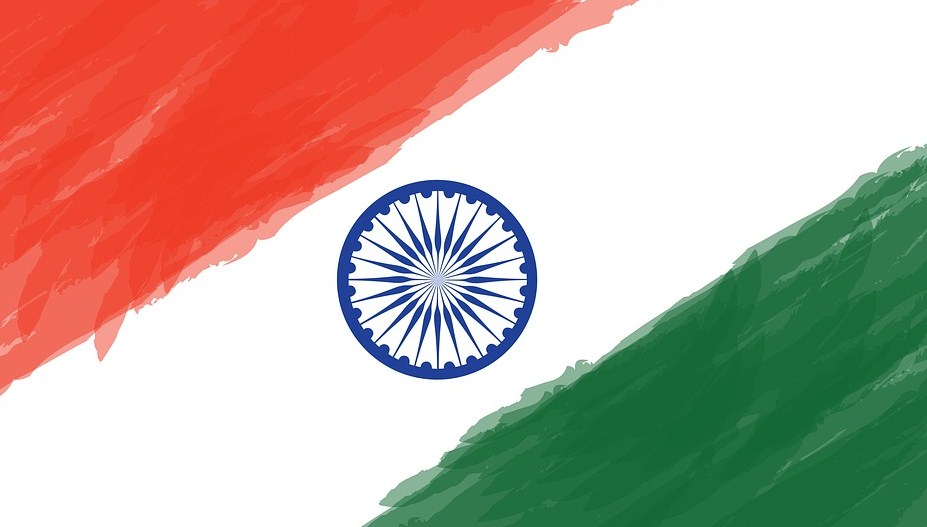Indian National Flag
The national flag of India was designed as a symbol of freedom. Former Prime Minister Jawaharlal Nehru called “not only freedom for us, but a symbol of freedom for all people.”
The national flag of India is tricolor with three horizontal bands in the same proportion. Saffron on top, white in the middle and dark green on the bottom. At the center of the white band is a navy blue 24-spoke wheel representing the Dharma Chakra (the wheel of law)? It was designed by the freedom fighter Pingali Venkayya.

Indian Flag Meaning
In national flag of India Taranga means tricolor and so is also called the Flag of India for the three colors for which it is composed. They are exactly three horizontal stripes which have the same dimensions: saffron color on the top that symbolizes the value , the white color in the central zone that symbolizes peace and dark green color on the bottom that symbolizes prosperity . Also in the center is a wheel with twenty-four peaks of navy blue, better known as the Ashoka Chakra, that is, the wheel of Justice.
Indian Flag History
Saffron, the color of Hinduism, Sikhism and Buddhism, represents courage, sacrifice and the spirit of renunciation; White purity and truth; and the green, color of the Muslims, faith and fertility. History of national flag India represents India’s long struggle for freedom. It means the state of India as an independent republic. The current flag came into force at the meeting of the Constituent Assembly on July 22, 1947.
The National Flag is one of the most respected national symbols. There are strict laws as to its manufacture and its elevation.
Do you know about the National Flag of Iceland ?
There is a committee that establishes the rules for the manufacture of the flag. It also establishes standards for lifting. This committee is known as the Bureau of Standards of India (BIS). It specifies the fabric, dye, color, number of threads and everything on the flag. Official specifications state that the flag is made of khadi , which is a special handmade yarn made of cotton, silk and wool. The only authorized manufacturer and supplier of the national flag of India is Karnataka Khadi Gramodyoga Samyukta Sangha in Bengeri Hubli, Karnataka.
Each flag made by this manufacturer is inspected by the BIS to see that it complies with standard sizes, measurements, colors and other aspects of the national flag.
- When hoisting the saffron colored band should always be on top.
- No emblem should be placed above the national flag or to its right.
- All other flags must be placed to your left if they are hung online.
- In a parade, you must position to the right or in front of the center of the line of the march, if there is a row with other flags.
- Normally, the national flag should be waved in the most important government buildings such as Rashtrapati Bhawan, House of Parliament, Supreme Court, Courts, Secretariats, Commissioners’ Offices, etc.
- The national flag and its imitations should not be used for commercial or business purposes.
- It should always be lowered in the afternoon during sunset.
According to the code of conduct citizens do not have the right to raise the flag except for a few important days such as Republic Day, Independence Day and Mahatma Gandhi’s birthday.
You might looking for more: Indian National Flag Photos
Indian Flag Picture

Map of India











